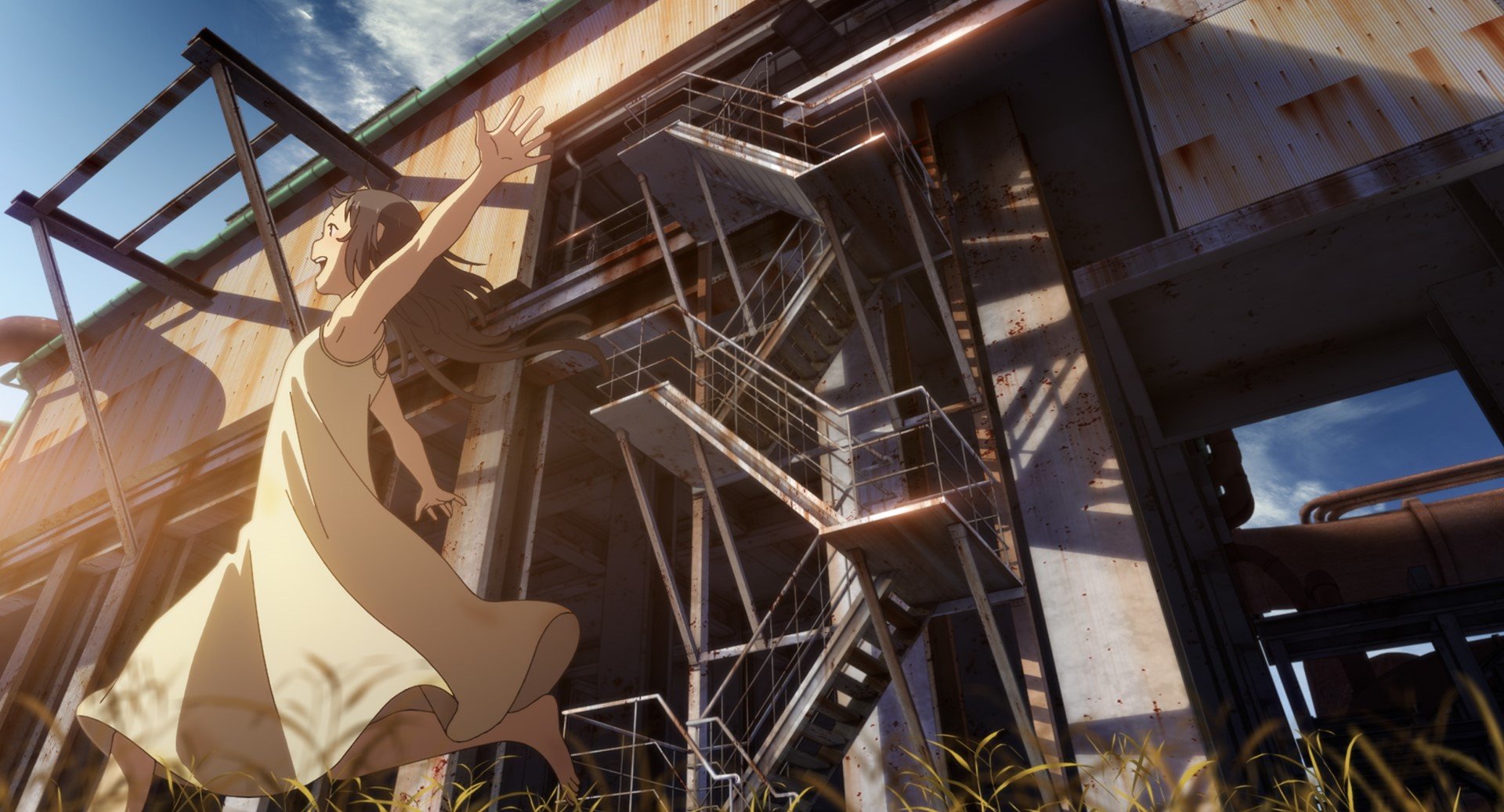Unlike plenty of time torn films, Maboroshi is the kind of film that doesn’t have a straightforward explanation for the town of Mifuse standing still in time. But even when it doesn’t have a logical reason, the way the film unfolds has a distinct feeling as it explores the illusions the town either could cling to, or release to grow. This kind of storytelling would be familiar to fans of the prolific screenwriter Mari Okada, who just started directing in 2018 with Maquia: When the Promised Flower Blooms, but even those new to her work would appreciate the pure emotion driving Maboroshi, if they can let go of reality and enjoy MAPPA’s exquisite art for a moment.
Synopsis
A factory explosion plunges a small town into a timeless freeze, leaving teenage Masamune and his pals to grapple with a quickly collapsing reality.
Storyline
An explosion at the steel factory mysteriously freezes the town of Mifuse in time. While all the exits are blocked, and the town is stuck on the day of the explosion for years, the adults in charge urge everyone to maintain the same routines in order to maintain the same life once everything turns back to normal. While exploring the factory, two students encounter a feral child, which disrupts the lives of the teenagers in town.
TLDR
So, so beautiful, even if it’s hard to explain.
What stands out
The fantastical world of Maboroshi is a town in stasis: a town in which after an explosion, remains stuck in time, specifically the 1990s. Time hasn’t moved, so the adults decide not to move as well, enforcing restrictions to everyone’s day-to-day by banning changes through self-report forms in order to keep things normal. The fantastical world surely is a metaphor for something, but it certainly keeps its cards to itself. There’s something here about stasis in opposition to change, and Maboroshi demonstrates the multiple ways through which the town vascillates between the two, in the small scale (family, passions, and careers) and large scale (collective grief, religion, and widescale policies). The film portrays all these in such a surreal and slightly confusing way, but it’s certainly interesting especially with the beautiful art of the fractured world.



